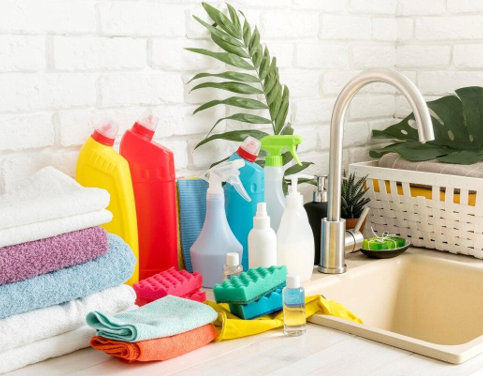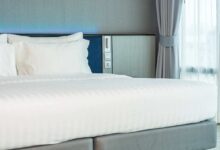
Your home should be a haven of safety and relaxation, providing solace after a long and exhausting day. However, despite being your sanctuary, your house may harbor hidden dangers that can impact your health without your awareness.
Numerous household items and conditions can pose harm, leading to unexpected illnesses and infections. To prioritize your well-being, it’s essential to be aware of potential hazards lurking within your home and take preventive measures.
1. Dust Mites
For individuals with allergies or skin sensitivities, dust mites can worsen their condition. To minimize their presence, wash bedding regularly using hot cycles and perform daily vacuuming.
2. Dirty Carpets
Carpets can add warmth and elegance to your home, but they can also accumulate dust and dirt. To prevent them from becoming breeding grounds for allergens, vacuum your carpet daily.
To ensure a more reliable and effective cleaning of your carpet, you should purchase a high-quality vacuum that can truly help remove dust and dirt that is stuck on your carpet. Vacuum with a HEPA filter will do a better job of removing all contaminants on your carpet.
To purchase a new vacuum cleaner or any other cleaning tools for your home, you should check out Temu e-commerce, the shopping haven for all smart shoppers. On this platform, you can get the benefit of site-wide deals to make your purchase much more economical.
Additionally, you can also schedule professional shampooing and deep cleaning at least once a month to maintain cleanliness.
Read Also: How Does the Transfer of Equity Process Work?
3. Mold Problems
Mold growth is a common issue that often goes unnoticed. It poses a significant health risk as mold spores can cause respiratory ailments such as asthma and even lung cancer.
Regularly inspect your walls for mold-like spots and a musty smell. If mold is detected, promptly eliminate it by spraying hydrogen peroxide and scrubbing. Consider seeking professional assistance if needed.
4. Dampness
Exposure to damp environments can have detrimental effects on your respiratory system. Prevent further complications by using a dehumidifier or addressing any leaks in your home. These measures will help reduce dampness, allowing for easier and more comfortable breathing indoors.
5. Toxic Cleaning Products
Choosing the right cleaning products is crucial, as many conventional options contain harmful chemicals that can trigger allergies and skin issues, particularly for those with sensitivities. Consider making your cleaning products using natural ingredients found in your kitchen instead of purchasing commercial cleaners.
6. Air Conditioner
Neglecting to change the air conditioner filter regularly can lead to hazardous consequences for you and your family. Dirty filters can circulate polluted air laden with dust and debris, exacerbating allergies and potentially causing severe respiratory problems. Make it a habit to replace your air conditioner filter as instructed to maintain clean and healthy indoor air.
7. Carbon Monoxide
Carbon monoxide poisoning is a silent yet perilous threat that often goes undetected until it’s too late. Leaks from appliances like water heaters and furnaces can release this deadly gas.
Carbon monoxide binds to red blood cells, displacing oxygen and leading to severe health conditions, including death. Install carbon monoxide detectors in your home to receive timely warnings in case of leaks.
8. Toxic Paints and Building Materials
Some paints, adhesives, and other building materials contain toxic substances such as lead, formaldehyde, or volatile organic compounds (VOCs). Long-term exposure to these substances can cause breathing problems, skin irritation, or even cancer. Choose paints and building materials that are environmentally friendly and free of toxic substances.
9. Improper Food Storage
Improper food storage can lead to the growth of harmful bacteria and fungi. Be sure to store food in tightly closed containers, pay attention to expiration dates, and maintain cleanliness in food storage areas.
By proactively addressing these potential hazards and taking appropriate precautions, you can create a safer and healthier living environment for you and your loved ones.







